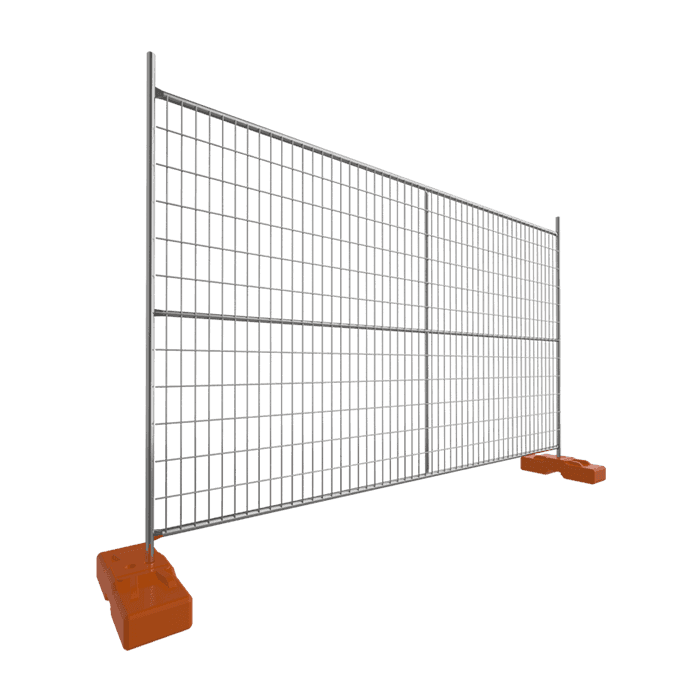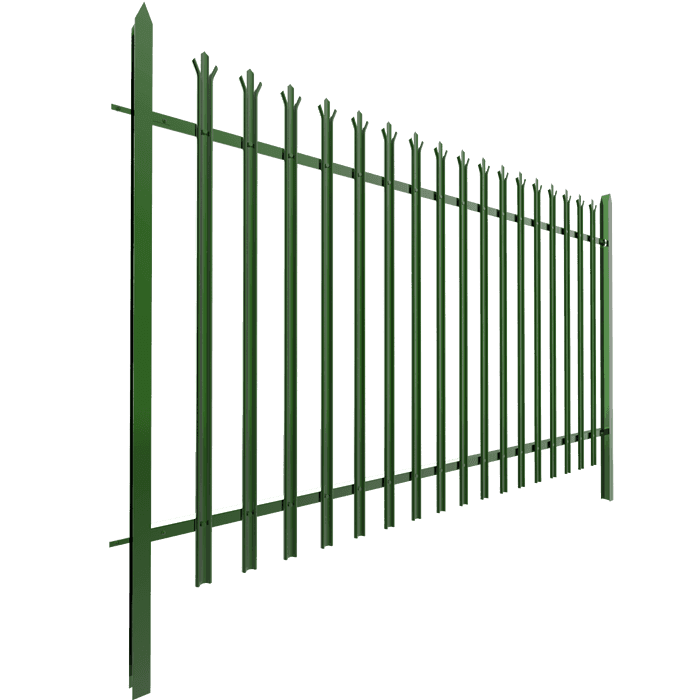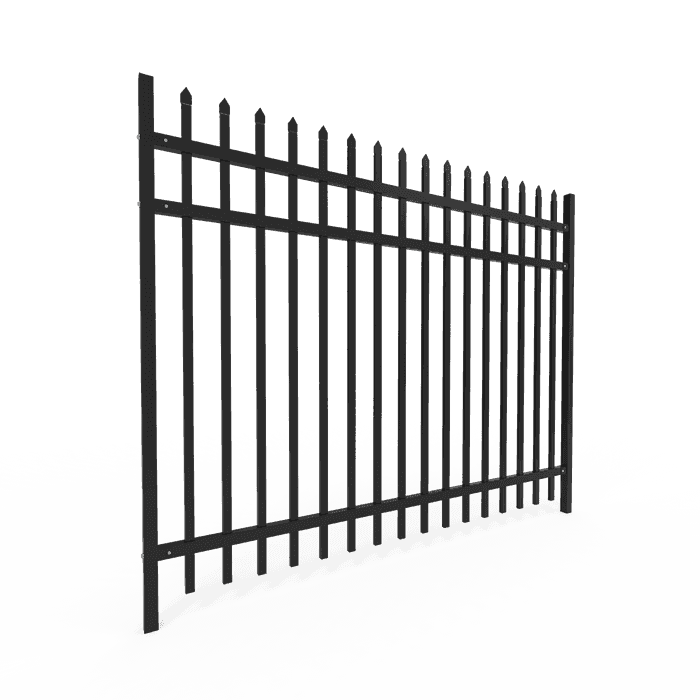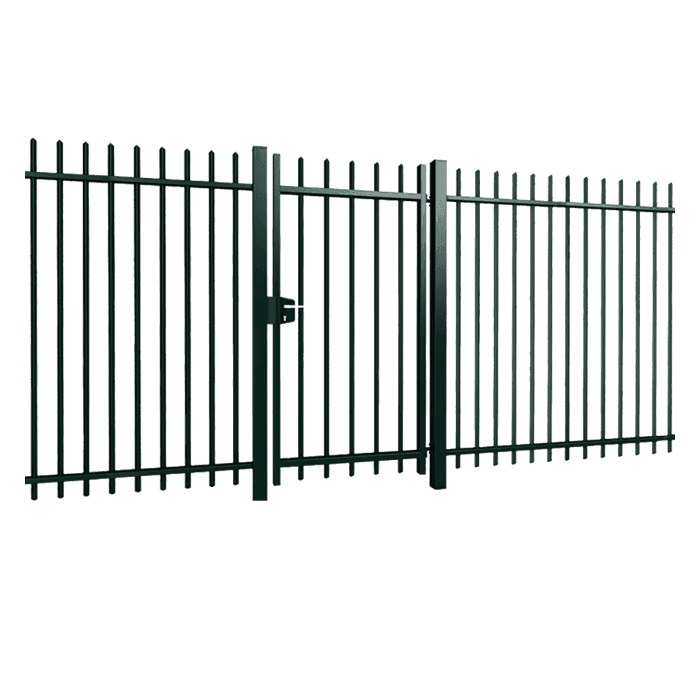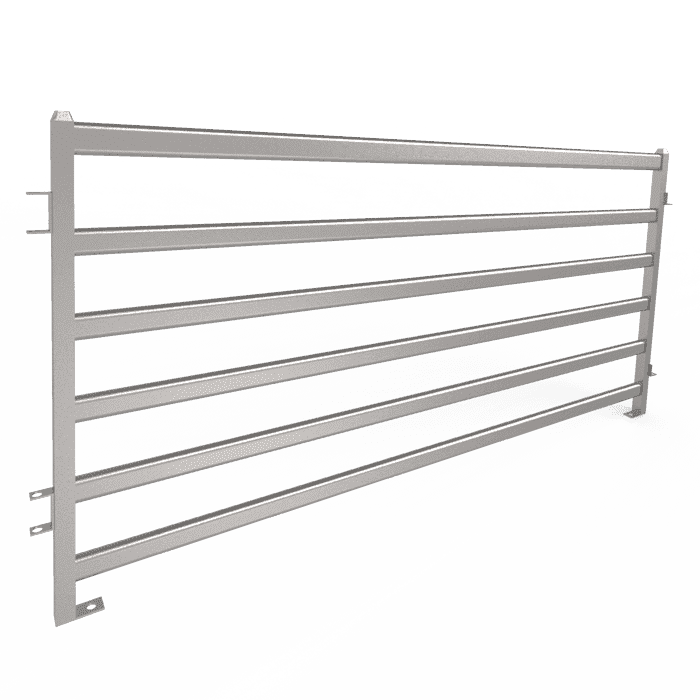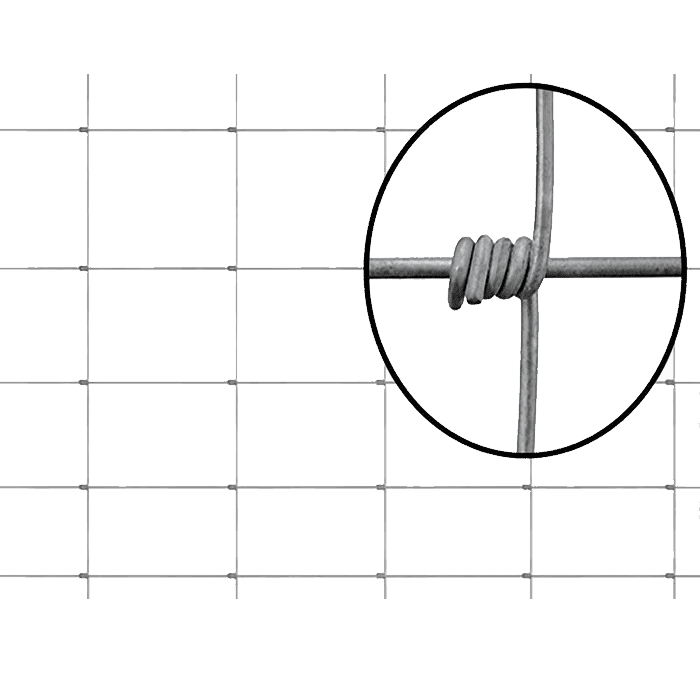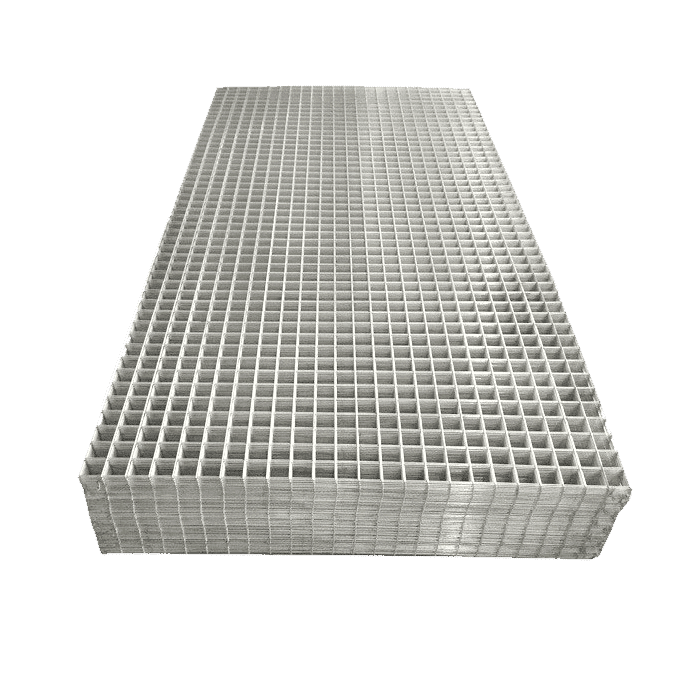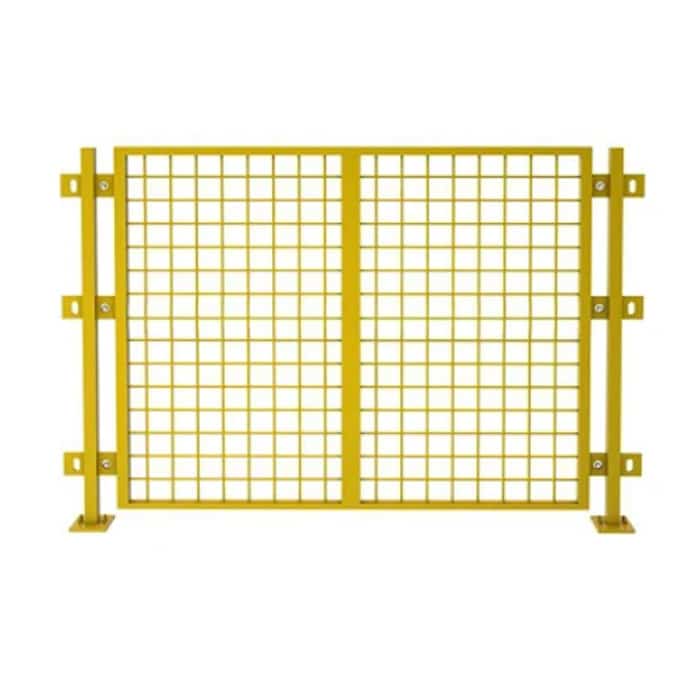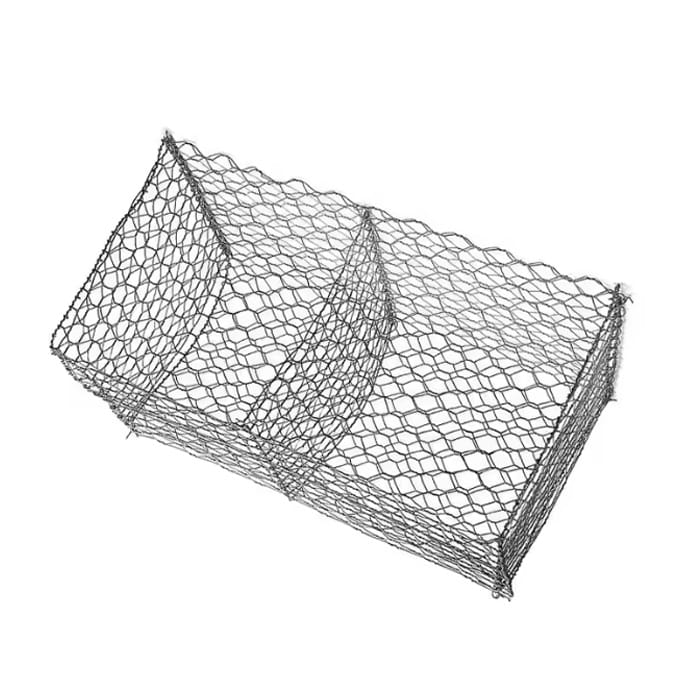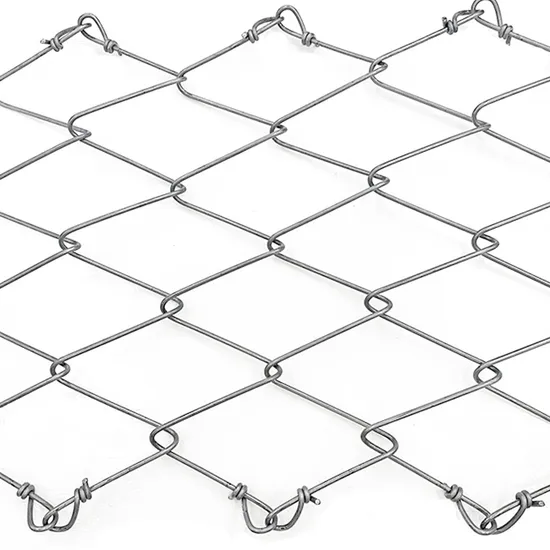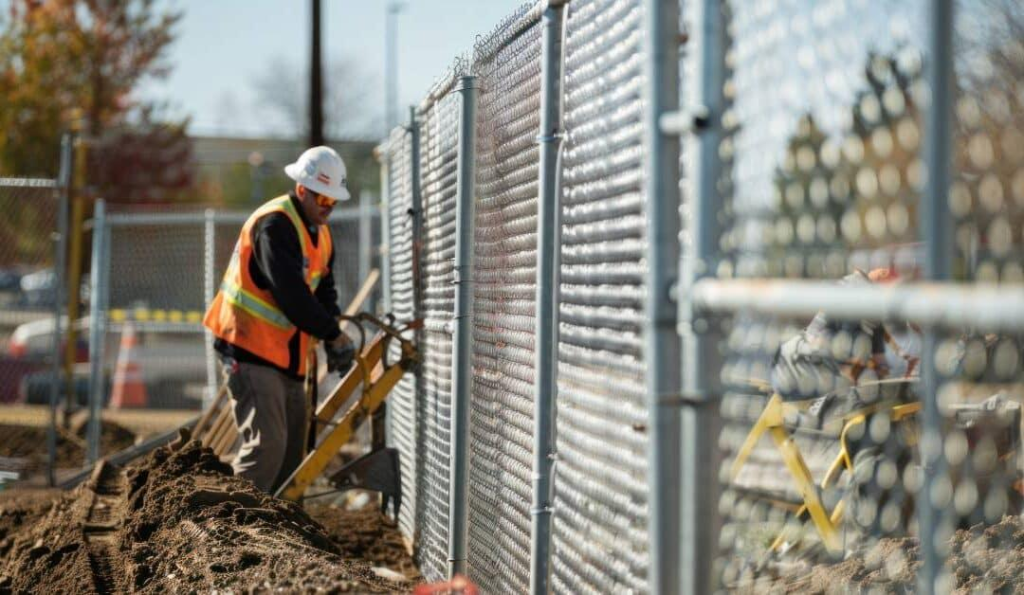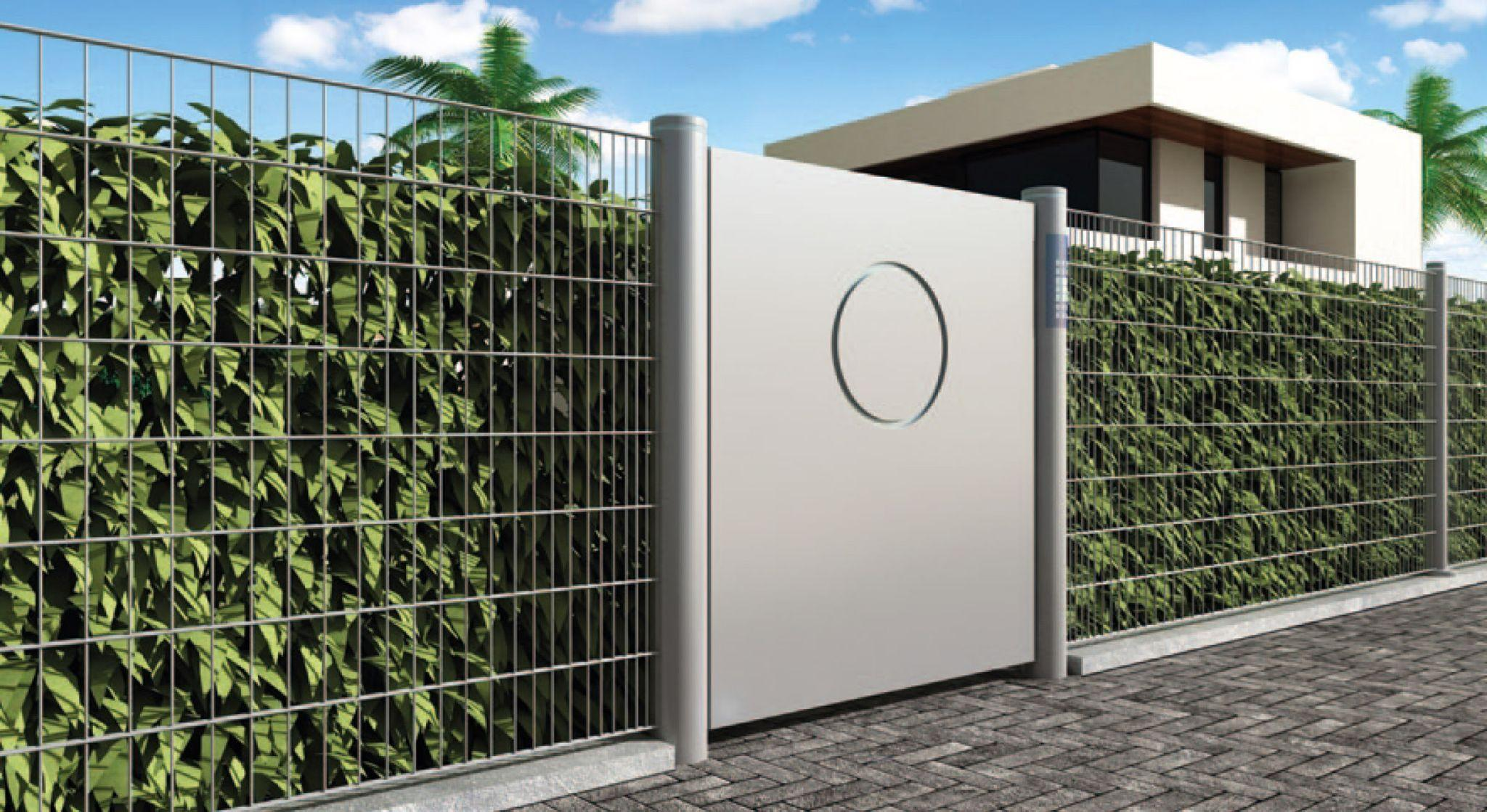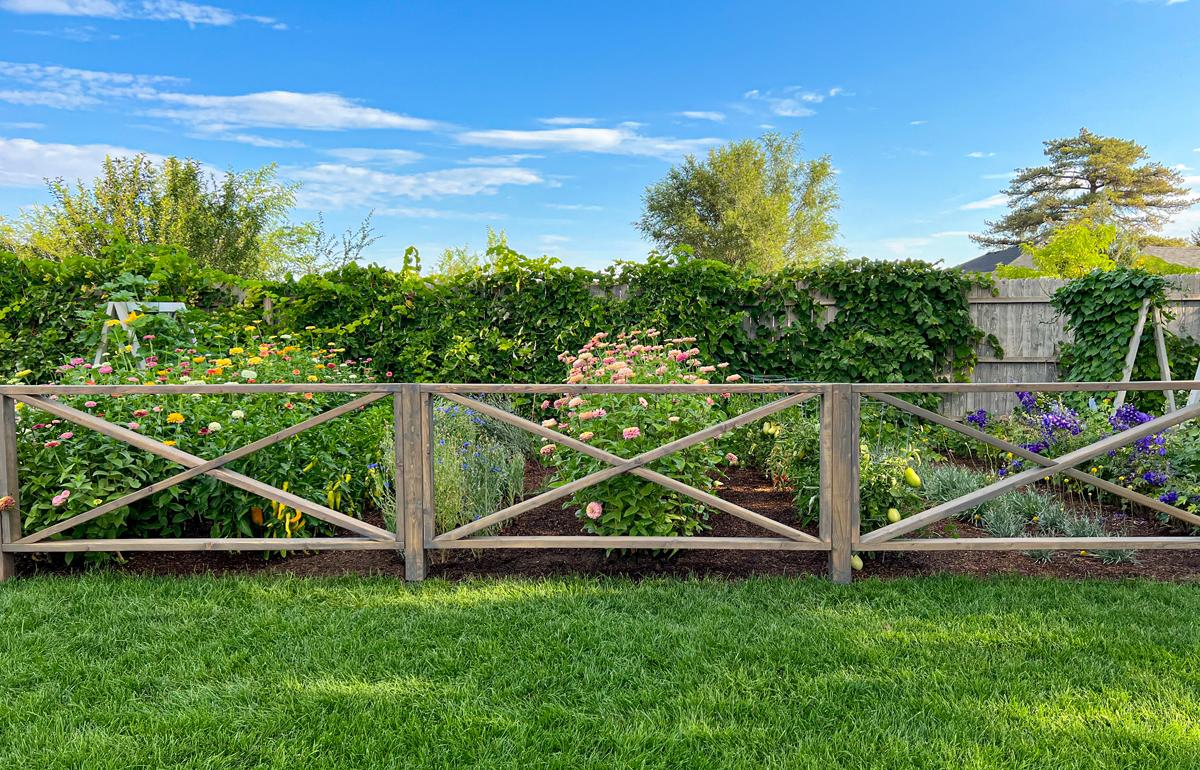Table of Contents
Construction sites are places of progress, but they are also full of risks. From heavy machinery to piles of building materials, every corner holds potential danger. This is why safety and control are non-negotiable from the very first day a project begins.
One of the simplest yet most powerful tools to achieve this is the temporary fence. At first glance, it may look like an ordinary barrier, but on a construction site, it becomes much more it is a shield, a guide, and a safeguard for everyone involved.
Without fencing, sites would be exposed to accidents, theft, and endless disruptions. With it, contractors gain order, workers find security, and the public stays protected. It turns chaos into structure.
In this article, we explore why temporary fences are such a common sight at construction sites, how they work, and what makes them indispensable for modern projects.
1. What is a temporary fence?
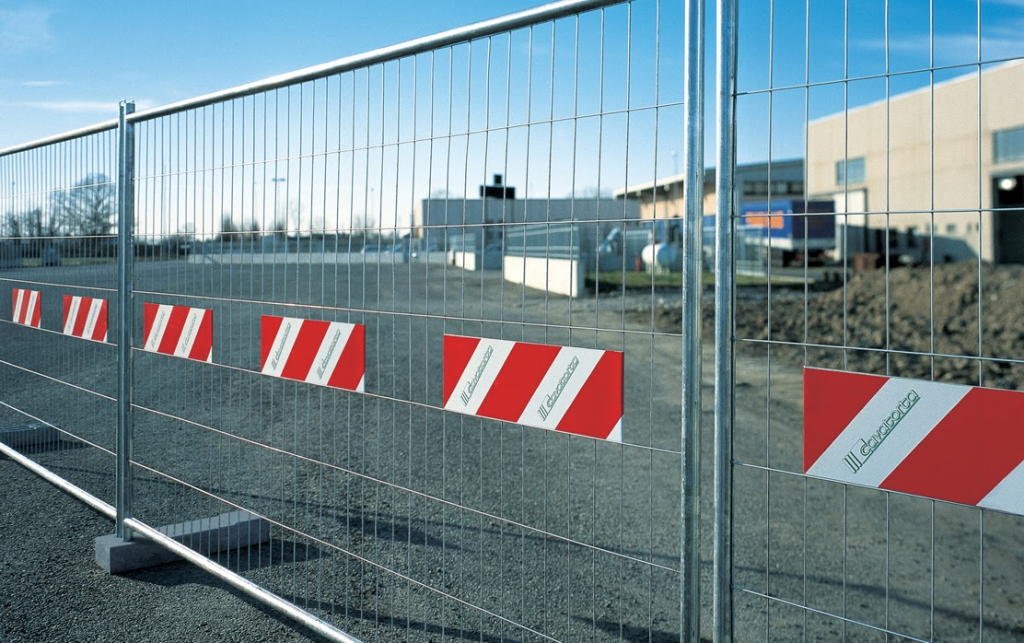
A temporary fence is a specially designed, movable barrier that provides safety, security, and structure for short-term projects. Unlike permanent fencing, it is not anchored into the ground in a way that requires heavy construction or lasting foundations. Instead, it is built to be installed, relocated, and removed with ease.
These fences are usually constructed from durable materials such as galvanized steel, welded mesh, or chain-link panels. Many come with protective coatings that resist rust and weather damage, making them reliable even in outdoor environments exposed to wind, sun, or rain. Some variations include solid panels or fabric screens, which not only act as barriers but also provide privacy and dust control.
What makes temporary fencing particularly valuable is its adaptability. Panels are modular, meaning they can be linked together to fit any site shape or size. Whether enclosing a small residential renovation or a sprawling infrastructure project, the system can be adjusted to match the space perfectly. This flexibility ensures that as a project grows or changes, the fencing can evolve along with it.
For contractors and project managers, temporary fences represent more than just a way to close off a site. They are tools for maintaining order, controlling entry, and organizing workflow within a busy environment. Workers and visitors know exactly where they can and cannot go, which minimizes confusion and reduces the likelihood of accidents.
Another defining feature is portability. Since panels are freestanding and do not require permanent fixtures, they can be moved from one job site to another. This makes temporary fencing a cost-effective, reusable solution, especially for companies handling multiple projects throughout the year. Instead of investing in new fencing for every site, the same set can be transported, stored, and redeployed as needed.
Beyond construction, temporary fences also find uses in events, festivals, and emergency situations. They manage crowds at concerts, guide foot traffic at large gatherings, and secure areas during disaster recovery efforts. This wide range of applications highlights their versatility and explains why they are in such high demand across industries.
2. The reasons for using temporary fences at construction sites
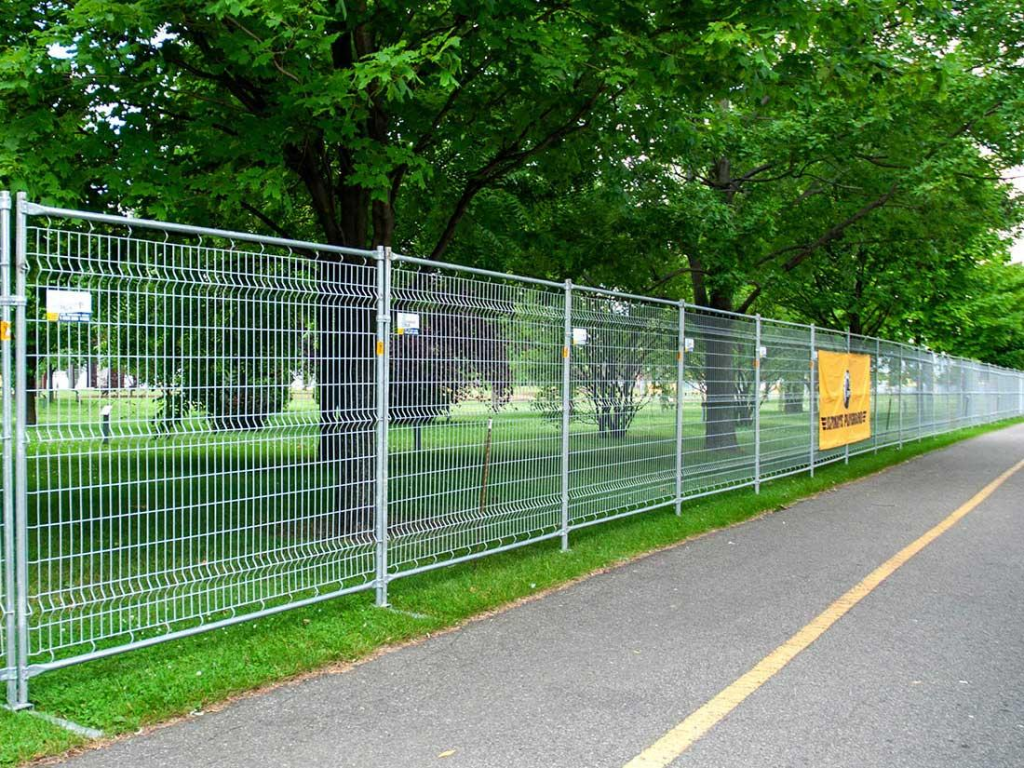
Before diving deeper into why temporary fences are so common on construction sites, it is important to understand the role they play beyond simply marking boundaries. These fences are not installed by chance or out of routine; they address specific challenges that every construction project faces, from safety concerns to logistical organization.
By looking closely at the different reasons behind their use, it becomes clear that temporary fences are a vital component of modern site management rather than just an optional addition.
Safety for workers and the public
The foremost reason for installing temporary fencing is safety. Construction sites are filled with heavy machinery, deep trenches, and materials that could cause accidents if someone wanders in unprotected. A secure barrier keeps pedestrians away from hazards while also giving workers a safer, more controlled environment to perform their tasks.
Protection against theft and vandalism
Construction sites often store valuable equipment and materials, making them a target for theft. Items like steel, copper, or specialized tools are expensive and can cause costly delays if stolen. A temporary fence serves as the first line of defense against intruders, reducing opportunities for theft and discouraging vandalism after working hours.
Meeting legal and regulatory requirements
Most local authorities require contractors to enclose active construction zones with fencing. This regulation ensures public safety and minimizes the risk of liability for accidents. By installing temporary fences, contractors not only follow the law but also show clients and inspectors that the site is being managed responsibly and professionally.
Managing traffic and crowds
Many construction projects are located in busy areas where people and vehicles constantly move around. Temporary fences help control the flow of traffic by clearly separating construction zones from pedestrian walkways or nearby roads. This organized approach minimizes confusion, keeps the site secure, and prevents accidents involving passersby.
Improving site organization
Construction projects involve multiple teams, tools, and materials. Temporary fencing allows managers to divide the site into zones for storage, access points, and restricted areas. This level of organization helps prevent unnecessary interruptions, reduces clutter, and makes it easier for workers to move efficiently through the site.
Preserving privacy and professionalism
In many cases, temporary fences are used to shield construction activities from public view. This is particularly useful in residential neighborhoods or commercial areas where ongoing work may be disruptive. Covered fencing provides privacy, prevents distractions, and gives the project a more professional appearance to outsiders.
Environmental and debris control
Dust, debris, and small waste particles can easily spread beyond construction zones, affecting nearby homes or businesses. With the right screening or mesh covers, temporary fencing helps contain these materials and protect the surrounding environment. This makes the site cleaner, safer, and more considerate to neighboring communities.
3. When building a temporary fence, what height should be chosen?
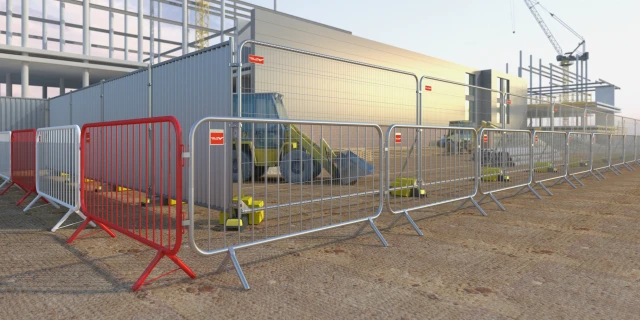
The height of a temporary fence depends on the specific needs of the construction site. For most projects, panels range between 1.8 meters (6 feet) and 2.4 meters (8 feet). This height is usually enough to prevent easy climbing, restrict access, and meet safety regulations. It also ensures that the barrier is visible and functions as a deterrent to trespassers.
Smaller residential projects may require shorter fences, especially when the goal is to mark boundaries rather than secure high-value equipment. However, larger commercial or infrastructure sites often require taller fencing for enhanced security. In many cases, regulations dictate the minimum required height, so contractors must consult local codes before installation.
If privacy is a concern, taller fences with added screens are often preferred. These not only block public view but also increase the sense of professionalism around the project. In urban settings where pedestrian interaction is high, a taller fence helps ensure that safety standards are clearly met and that passersby cannot easily interfere with the site.
Height also becomes important in areas with specific risks. For example, if the site is near schools, playgrounds, or crowded streets, a taller fence ensures that children or curious onlookers cannot climb or reach through the barrier. Contractors must assess both the risks and the expectations of the surrounding community before making a final decision.
Ultimately, the chosen height should balance safety, security, cost, and compliance. While taller fences may be more expensive, they provide stronger protection against theft and liability. On the other hand, shorter fences can be practical for smaller, low-risk sites. Each project should be evaluated individually to determine the ideal height.
4. How to fix temporary fences?
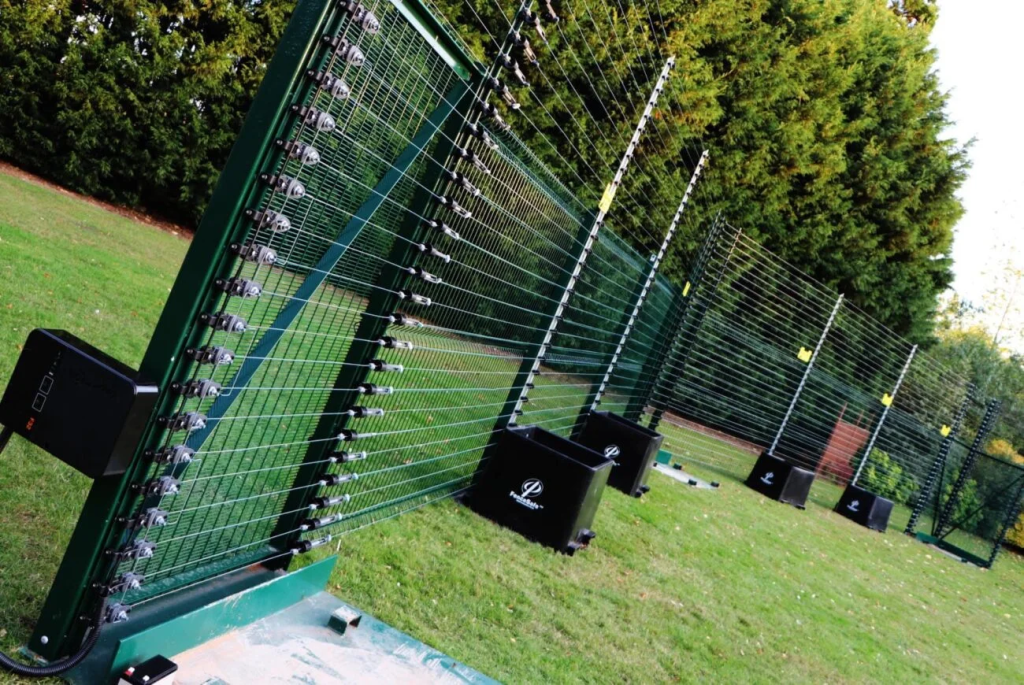
Installing a temporary fence involves more than simply placing panels on the ground. Stability is essential because a poorly fixed fence can collapse, creating hazards and reducing effectiveness. Panels are usually connected with couplers or clamps, which ensure that they remain firmly attached. Weighted bases, blocks, or pins are then used to anchor the panels and keep them upright.
For construction sites exposed to strong winds, additional stabilization is often necessary. Contractors may use braces, stays, or sandbags to reinforce panels and prevent tipping. In some cases, temporary fences are partially fixed to permanent structures, such as walls or posts, for extra security. Choosing the right fixing method depends on the terrain, weather, and type of fence used.
The ground surface also plays an important role. On paved surfaces, heavy base blocks or pins drilled into the ground provide stability. On softer ground like soil or gravel, stakes or deeper anchoring methods may be needed. Contractors must inspect the ground carefully to ensure the fixing system can handle both weight and pressure.
Regular maintenance is equally critical. Over time, vibrations from construction machinery, weather conditions, or human interference can loosen clamps and destabilize panels. Site managers should schedule inspections to tighten fittings and adjust bases when necessary. This ongoing attention prevents accidents and keeps the fence functioning effectively throughout the project.
Ease of dismantling is another factor in how fences are fixed. Since construction sites evolve quickly, contractors prefer fixing methods that are stable yet simple to adjust or remove. This flexibility allows teams to expand, reduce, or relocate fencing without wasting time or damaging the materials. Well-designed fixing solutions balance strength with adaptability.
5. What is the service life of the temporary fence?
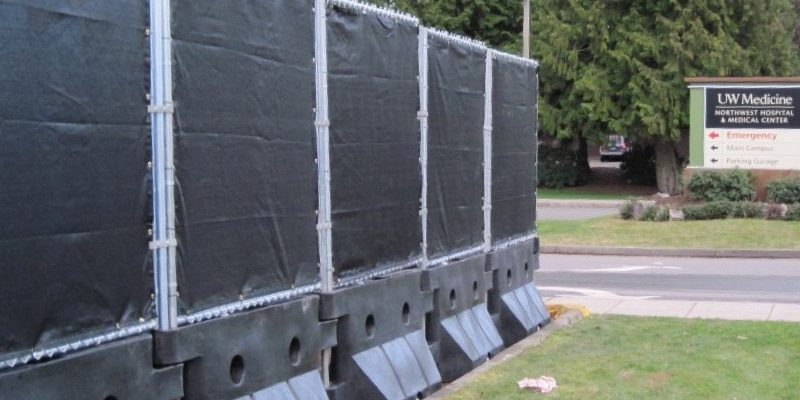
The service life of a temporary fence depends on several factors, including material quality, usage frequency, handling practices, and environmental conditions. While these barriers are designed for short-term use on each project, their overall lifespan can span many years when cared for properly. For contractors, understanding how long a fence will last is crucial in determining whether it is a cost-effective investment.
Most standard steel or galvanized mesh fences can last anywhere between five to ten years. The galvanized coating is especially important, as it prevents rust and corrosion when panels are exposed to rain or humid conditions. Fences with additional powder coating or paint protection often perform even better, as they resist scratches and wear that might otherwise shorten their lifespan.
Storage plays a major role in longevity. When temporary fences are stacked haphazardly or left outdoors without protection, panels can bend, welds can weaken, and surfaces can deteriorate. On the other hand, companies that clean, stack, and store their fencing in dry, organized conditions usually extend its usable life significantly. Proper storage ensures that panels remain straight and sturdy for the next project.
Maintenance is equally critical. During active use, panels should be inspected regularly for loose clamps, damaged mesh, or unstable bases. Small repairs, such as tightening fittings or touching up scratched areas with protective paint, prevent minor issues from becoming major problems. This proactive approach can add years to the service life of a fence.
The intensity of use also matters. A fence that is set up once or twice a year for long-duration projects will naturally last longer than one that is constantly transported, assembled, and dismantled every few weeks. Frequent handling increases wear and tear, especially on joints and couplers. Contractors who rotate panels between different sites and retire damaged sections often get the most value out of their investment.
Environmental conditions have a strong impact as well. In coastal regions where salt in the air accelerates corrosion, temporary fences may deteriorate faster unless they are specially coated. In areas with extreme winds, panels face added stress, which can reduce structural integrity over time. Choosing a fence design suited to the local environment ensures maximum durability and safety.
Final Thoughts
Temporary fences are more than just barriers; they are essential tools for managing construction sites effectively. They provide safety for workers and the public, secure valuable materials, ensure regulatory compliance, and help organize complex projects. By choosing the right height, fixing them correctly, and maintaining them over time, contractors maximize both effectiveness and service life.
For anyone planning a construction project, temporary fencing should never be an afterthought. It is a vital investment that protects lives, property, and reputations while keeping projects on track. Whether for small residential works or massive infrastructure developments, these fences prove why they remain a constant presence at construction sites worldwide.


